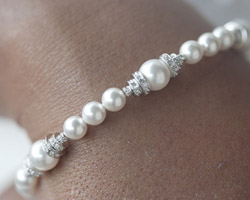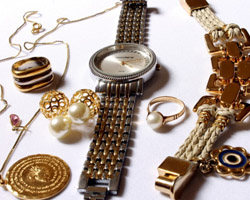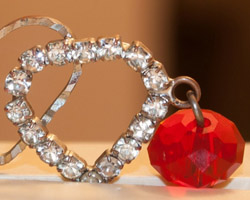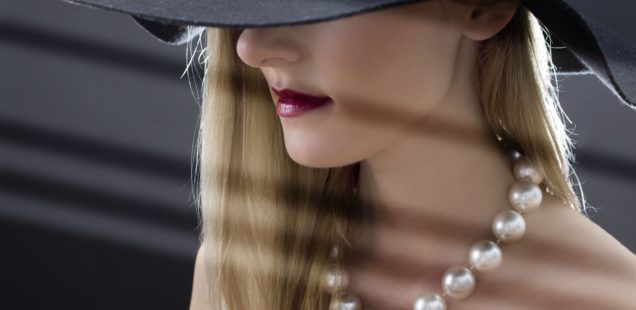
Cultured Pearls
Did you know pearls are the only organic gemstone? That’s right, as oppose to all gems which are forged, generally by chance, cultured pearls are created from living organisms. At Schwanke-Kasten Jewelers, we love to recommend accessorizing pearls for almost any occasion: weddings, business attire or simply casual-wear.
Natural pearls occur by chance, which is why they are so rare and expensive. Oysters, mussels and clams form pearls when an irritant (parasite or grain of sand) works its way into it. The bivalve will secret a fluid to coat the irritant as a defense mechanism. This nacre, or layering of fluids that continues to be deposited until a pearl is created.
Cultured Pearls History
The value of natural pearls, according to PBS, “At the height of the Roman Empire…the historian Suetonius wrote that the Roman general Vitellius financed an entire military campaign by selling just one of his mother’s pearl earrings”!
Presently, most pearls are cultured, or “farmed”. In the late 19th century, Kokichi Mikimoto, son of a noodle maker, Tokichi Nishikawa (a government biologist) and Tatsuhei Mise (a carpenter), all independently discovered and patented methods for creating cultured pearls. Mise patented a oyster grafting needle in 1907 and Nishikawa patented a method for nucleating. Their methodology essentially was, “inserting a piece of oyster epithelial membrane (lip of the mantle tissue) with a nucleus of shell or metal into an oyster’s body or mantle, which causes the tissue to form a pearl sack. That sack then secrete nacre to coat the nucleus and thus creating a pearl” (PBS). The two of them eventually united their individual patents, creating the Mise-Nishikawa method.
Mikimoto, yes the Mikimoto, needed to avoid using the Mise-Nishikawa method, to validate his own patents so he developed a technique of creating round pearls. Once this occur, Mikimoto’s pearls took off allowing him to buy the rights to the Mise-Nishikawa method, and the rest is history! The pearl marketplace sells more than 99% cultured pearls today.
The current process involves inserting a bead, made from a mollusk shell into the gonad of another oyster (reproductive organ). Oyster farmers call this surgery-like process grafting, which they have down to a science. For example, oysters are less likely to reject organic beads as opposed to metal beads.
Cultured Pearl Types:
- Akoya: These are the original Japanese culture pearls which are from a smaller oyster (Pinctada Fucata – 6 to 8 cm in size). Pearls larger than 10mm in diameter are very rare and expensive. Farmers harvest Akoya pearls are typically after one year.
- South Sea: These are much larger than an average Akoya pearl and contain exceptional white/silver color, roundness and smoothness. Furthermore, farmers harvest South Sea pearls after 2-4 years from a Pinctada Maxiam oyster.
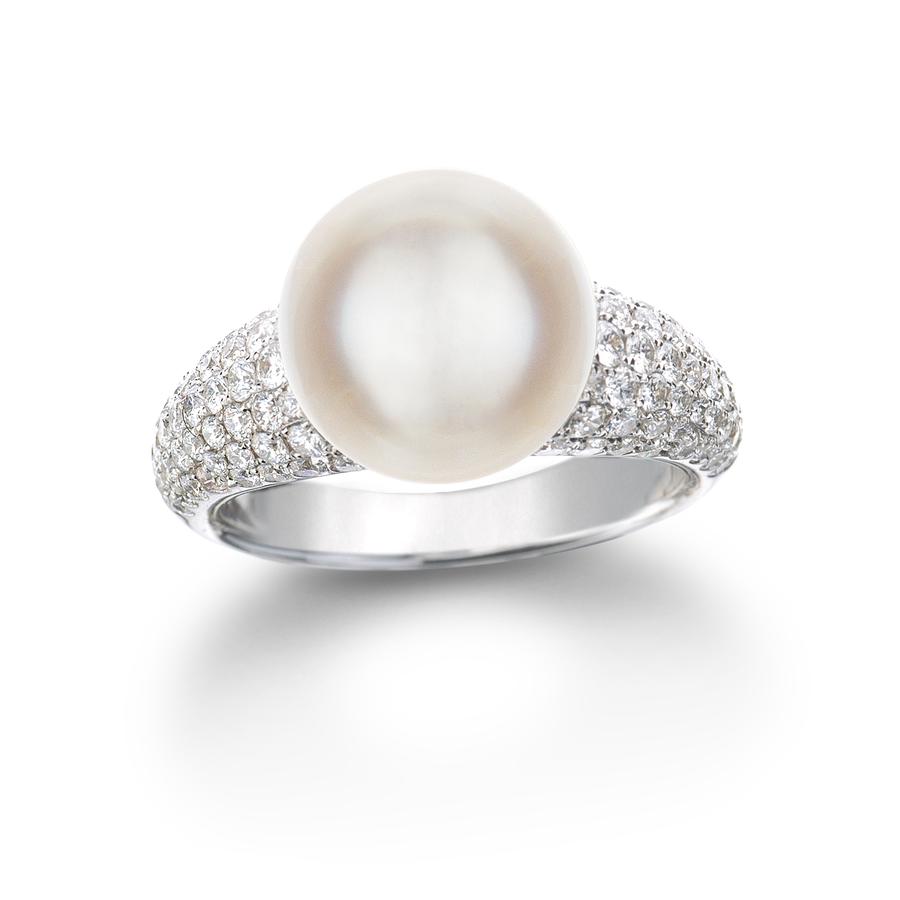
- Tahiti: These are gorgeous dark pearls that exhibit are wide variety of shapes, sizes and hues. Pearl farmers harvest Tahitian pearls after about 2-4 years from Black Lip Oysters (Pinctada Margaritifera).
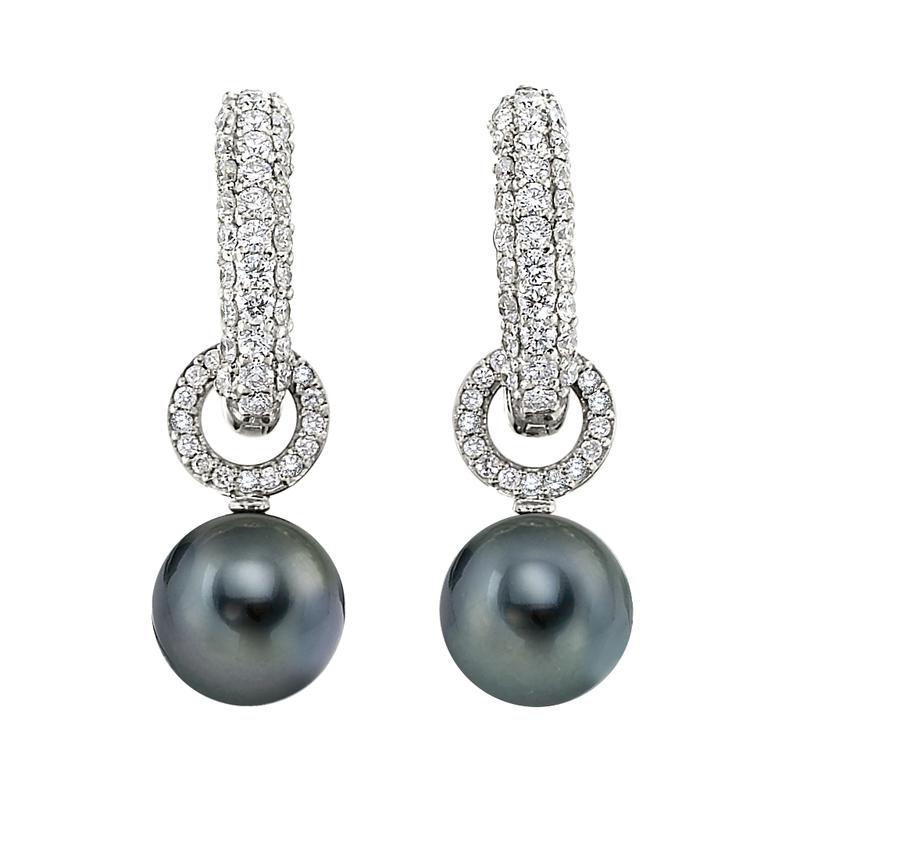
- Edison pearls are larger, more modern freshwater pearls that pearl farmers harvest between 2 to 7 years.
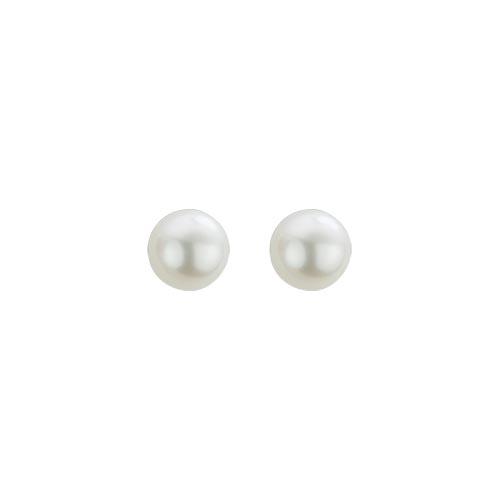
Jewelers use culture pearls in all sorts of jewelry forms, from classic pearl necklaces and earrings, to contemporary instances on luxury watch dials! Stop by Schwanke-Kasten Jewelers in Whitefish Bay or Downtown Milwaukee to shop from our beautiful pearl jewelry. Additionally, checkout our selection of real cultured pearls online!
